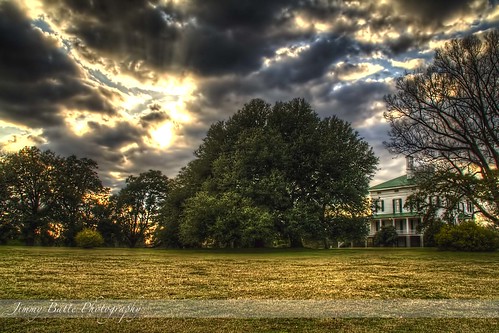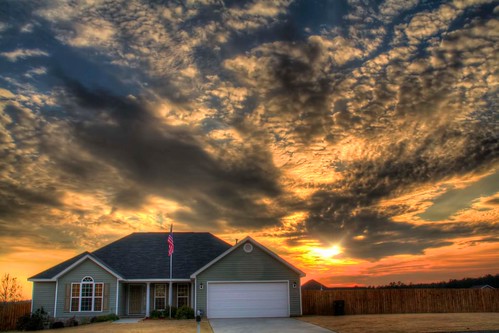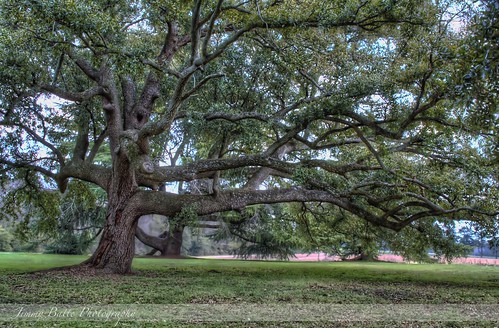A friend of mine asked me to submit my photo to our local ABC news affiliate, (WJBF channel 6) for their "Capture the Weather" contest. Intrigued, I decided to give it a shot. After all, I've got nothing to lose.
To my surprise, I received a letter from the ABC affiliate informing me that my photo was chosen as the Daily "Capture the Weather" WINNER!. I was awarded $10.00 to Einstein Bros Bagels!
A few days later, I find out that my photo was then entered into the weekly contest. It's now up against all of the other weeks daily winners. The photos are placed on WJBF's Facebook page and the public is asked to vote/"Like" the photos. After a weeks worth of votes my photo was "Liked" the most and chosen as the winner of the week! I will receive $25.00 to a local restaurant. Pretty exciting! I know a lot of you have some great shots too, and wanted to encourage you to submit them to your local contest or even national contest! After all, you've got nothing to lose...
Here is a link for anyone local (CSRA Area) that would like to submit a photo: www2.wjbf.com/capturetheweather/
Here is a link for anyone local (CSRA Area) that would like to submit a photo: www2.wjbf.com/capturetheweather/















